Insect pests
-
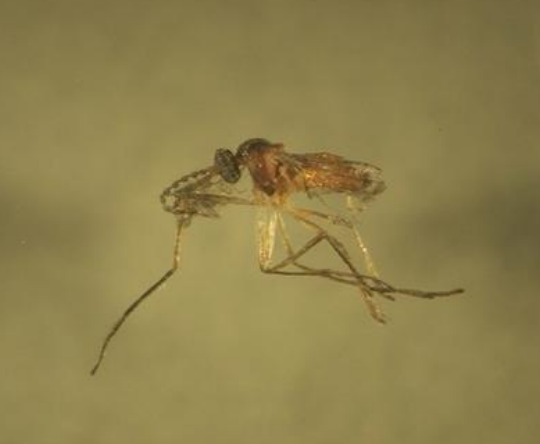
Dasineura oxycoccana (Johnson) Author: Craig Roubos, Ash Sial, Entomology, University of Georgia Description Immature stages: Eggs are oval-shaped, transparent and very small. Larvae are legless and white in color when newly hatched. As larvae mature, they darken and become orange by the time they are ready to pupate. Mature larvae have a unique feature called…
-
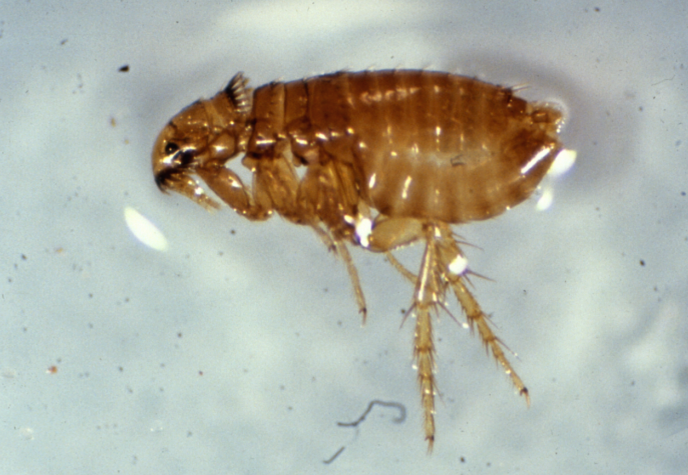
Ctenocephalides felis (Bouche) Credit: Modification from UFL IFAS Feature Creature Publication, 2021 Description Immature stages: Cat flea eggs are oval, smooth and about 0.5 mm in length. Because the female flea is on the host, when she produces eggs they sift through the host’s fur and fall into the environment, collecting in areas where the…
-
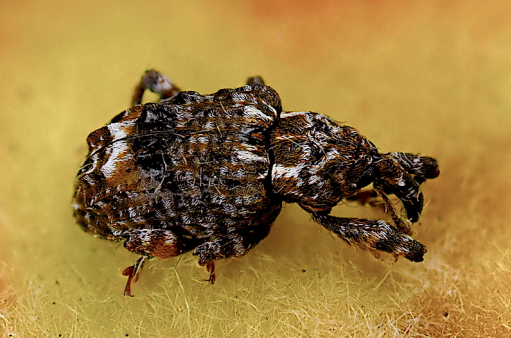
Conotrachelus nenuphar (Herbst) Author: Brett Blaauw, Fruit Entomologist, University of Georgia, 2021 Description Immature stages: The larvae tunnel and feed in developing fruit, usually boring to the pit. Larvae are yellowish-white, legless, brownheaded grubs, about 3/8 inch (6-9 mm) long when fully grown. Adult stages: Adults are small, about 1/4 inch (4-6 mm) long, brownish-black…
-
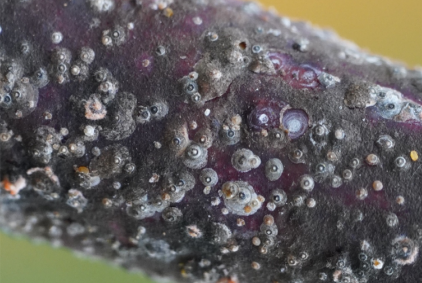
Comstockaspis perniciosus Author: Brett Blaauw, Fruit Entomologist, University of Georgia, 2021 Description Immature stages: The mobile stage of San Jose scale (SJS) immatures, known as ‘crawlers,’ are yellow, somewhat oval, and minute at about 1/100 inch long. Adult stages: Adult females are yellow, circular, sac-like insects. They secrete and live beneath a protective round gray-brown…
-
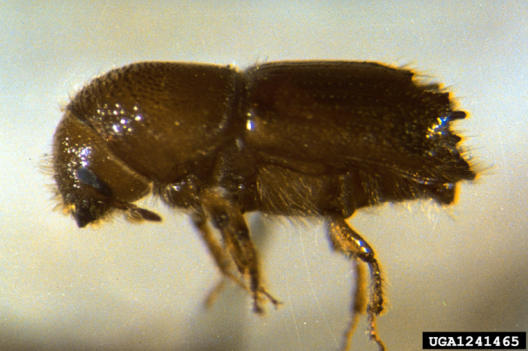
Coleoptera: Scolytidae Authors: David Coyle, Brady Self, James Floyd, John Riggins, Southern Regional Extension Forestry (SREF), 2018 Description Four species of Ips bark beetles (commonly known as Ips engraver beetles or Ips beetles) occur throughout pure and mixed pine forests in the southeastern U.S.: the six-spined ips (Ips calligraphus), the pine engraver (Ips pini), the…
-
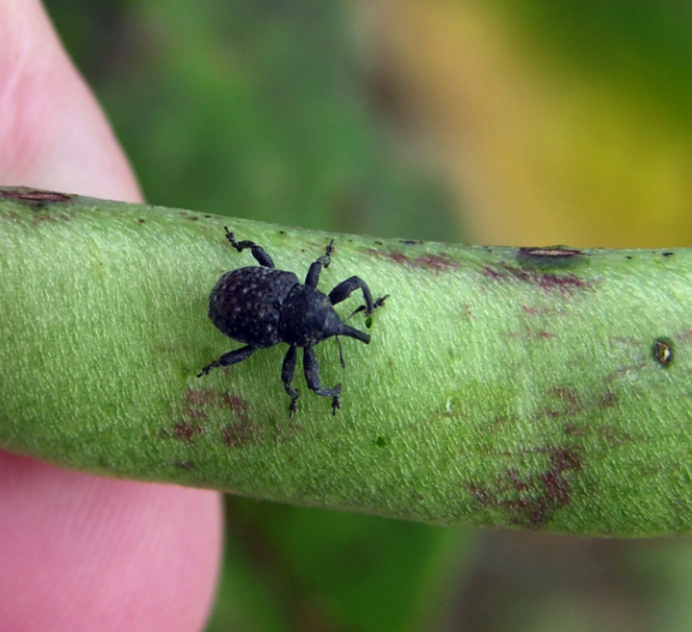
Chalcodermus aeneus (Boheman) Author: David Riley, Stormy Sparks, and Sydni Barwick, University of Georgia, 2019 Description Immature stages: Females lay eggs, which are white, oval in shape, and are less than a centimeter in length, into pods. These consequently hatch into small white grubs that damage the seed (middle image). The duration of the egg…
-
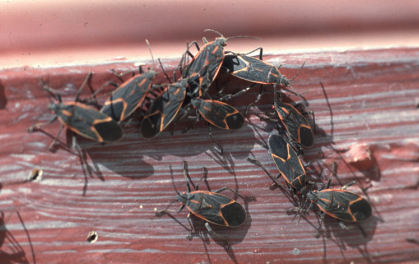
Boisea trivittata Author: Integrated Pest Management Program, University of Georgia, 2020 Description Immature stages: Boxelder bug eggs are red/orange, and are most often found on the leaves, and cracks and crevices in the bark of female boxelder and silver maple trees. Immature bugs are wingless, bright red and black. Adult stages: Adults are 1/2 to…
-
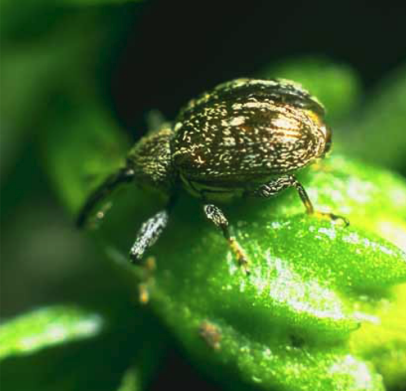
Anthonomus eugenii (Cano) Author: David Riley, Professor, University of Georgia, 2018 Description Immature stages: Eggs are oval and white when first deposited in the flower or fruit wall. They can only be found if the plant is dissected. Larvae are the grub type and are white to grayish with a yellowish brown head. They lack…
-
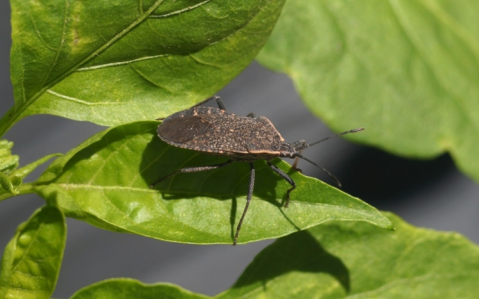
Anasa tristis (DeGeer) Author: Integrated Pest Management Program, University of Georgia, 2020 Description Immature stages: Eggs are deposited on underside of leaves, but can occasionally be found on upper surface or on leaf petioles. The eggs are elliptical, somewhat flattened and bronze in color. The average egg is 1.5 mm long and 1.1 mm wide.…